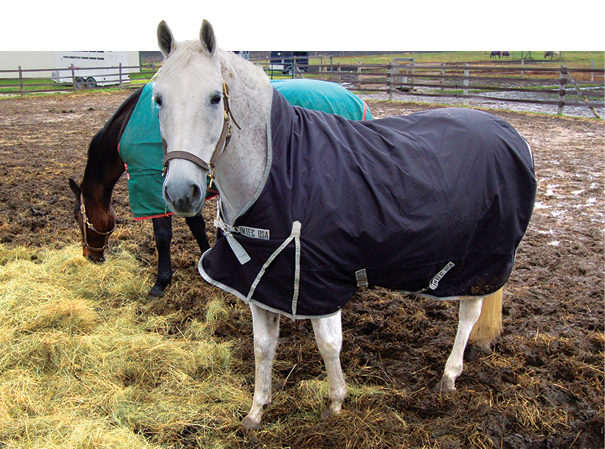American Farriers Journal
American Farriers Journal is the “hands-on” magazine for professional farriers, equine veterinarians and horse care product and service buyers.

Farriers know too well how the effects of weather and where a horse is kept greatly affect the overall health of that horse’s hooves. Often, that familiarity comes because farriers must deal with the problems that result.
Educating clients on how climate and environment affects the hoof can help them adjust, rather than have you remedy the consequences.
Extreme wet or dry conditions obviously affect the equine foot. These conditions can take a toll on the health of the hoof.
“The complex design and function of the internal hoof address both moisture regulation and thermo-regulation amazingly well,” says farrier Danvers Child of Foxtail Forge and Farriery in Lafayette, Ind. “Nevertheless, the external capsule — what we see — is ‘dead’ tissue, and much of it has been this way for a long period of time. We talk about it taking up to a year for a horse to grow a new hoof, but we often fail to connect that to the age of the hoof we are seeing. The hoof we’re seeing, especially the hoof nearest the ground, hasn’t been nourished, ‘live’ tissue for that same time frame.”
Because of this, the older growth has had more time to break down, according to Child.
“It’s weaker and more likely to show evidence of exposure, and respond with less resilience to climate changes, especially to excessively wet or dry conditions, and especially in response to constant or dramatic shifts from wet to dry,” he says.
Child says…